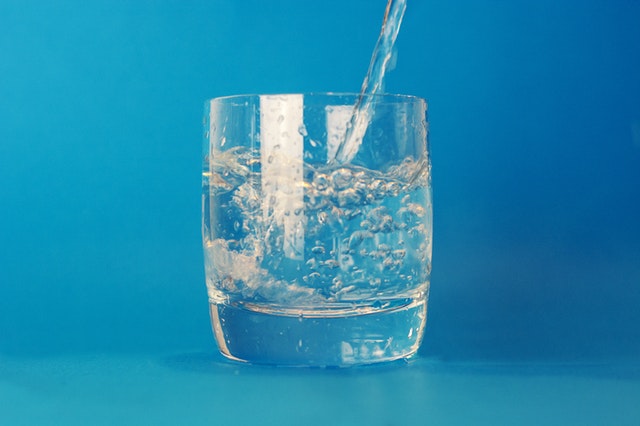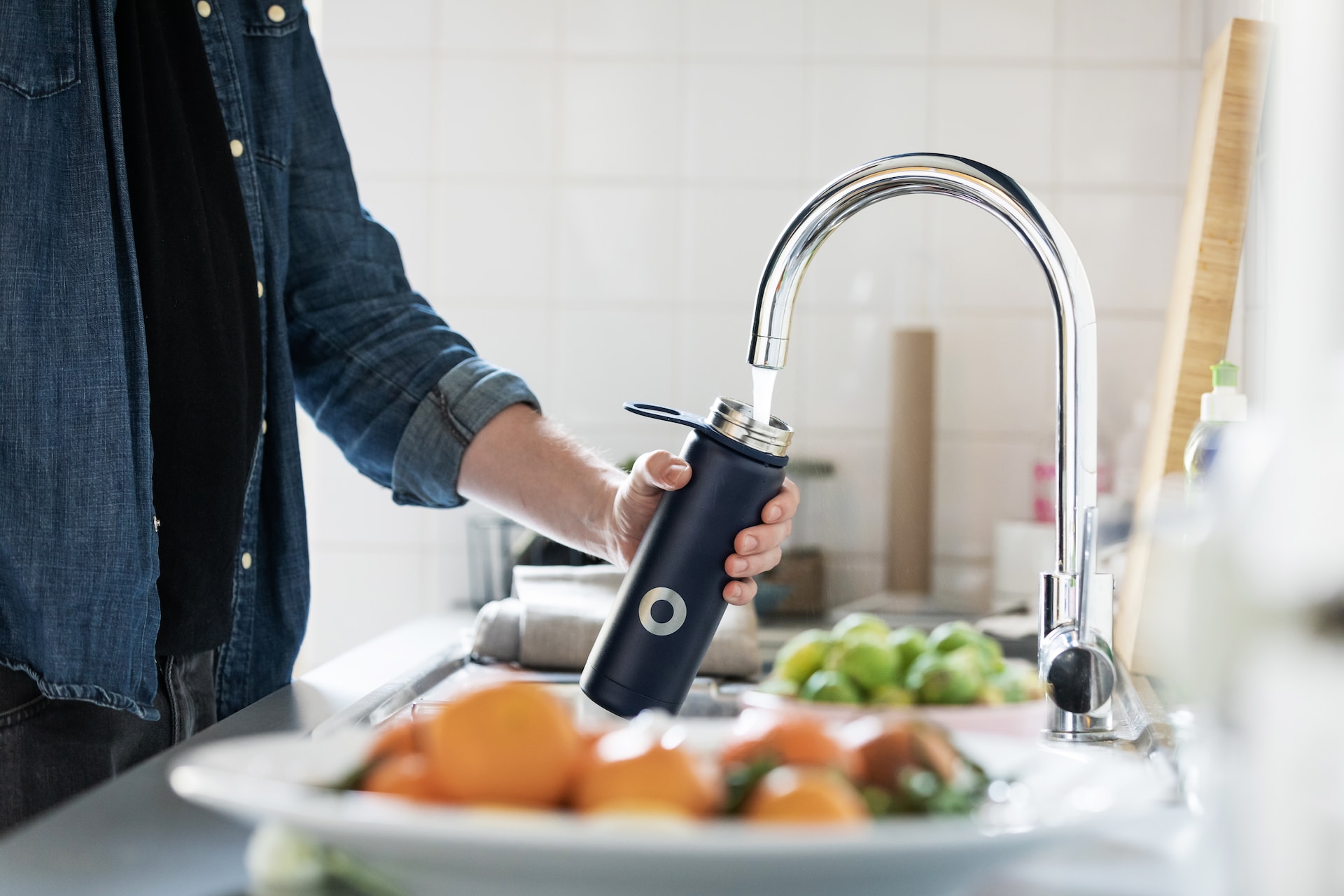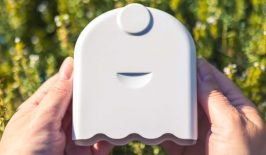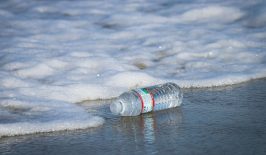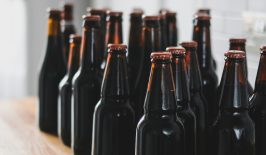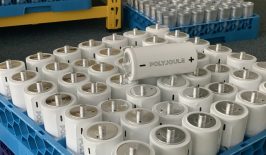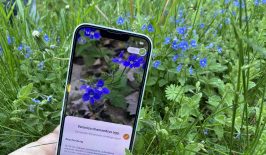“Bottling water and shipping it is a big waste of energy, so you better stop doing that. Water is water. If you want lemon flavour, throw in a slice of lemon. If you want bubbles, take a straw and blow.” Radio presenter and writer Garrisson Keillor gets straight to the point—our obsession with bottled water, predominantly disposable PET bottles—are causing an ecological disaster. Many have called bottled water the greatest marketing gimmick of our time.
Manufacturers promise us a healthier and better life with their water. But do you actually know what’s in your water bottle?
Mineral water, spring water, table water: what is behind the names?
Anyone who wants to find out where the water in their bottle comes from should pay close attention to these labels. According to the European Commission, only water that comes from springs or underground water sources may be called spring and mineral water, whereas the term “table water” refers to nothing more than tap water. We are happy to pay double or triple the price for bottled water. But is it really better than water from the tap?
4 facts: Which is healthier—bottled or tap?
- The guidelines for tap water
Both drinking water and bottled water are strictly controlled in Europe. The Drinking Water Ordinance in the EU, for example, stipulates that drinking water must not contain pathogens or other substances in concentrations that are harmful to health. The EU sets limits and quality requirements for 53 microbiological, chemical and physical parameters, based on the WHO guidelines.
In 2023, German consumer organisation Stiftung Warentest tested a total of 62 still, slightly sparkling and strongly sparkling mineral waters from various manufacturers. The result: the quality of bottled water is no better and there is usually no appreciably higher mineral content in it; tap water is generally just as good—or better. This is also the conclusion of the 2015 report by the German Federal Ministry of Health and the Federal Environment Agency on the quality of drinking water in Germany.
2. Myth: Tap water is made from wastewater
The assumption that drinking water consists simply of purified wastewater can be easily dispelled: 64 percent of our tap water comes from natural sources (groundwater), 27 percent from surface water (rivers and lakes) and nine percent from spring water. Before it is fed into the supply network, it is treated by various processes to produce drinking water. Only in special cases is it necessary to disinfect the water with chlorine. Our wastewater, on the other hand, is discharged into bodies of water after treatment and thus returned to the cycle of nature, not into our water pipes.
3. Myth: Bottled water has an increased mineral content
Mineral and spring water is often advertised as having a higher mineral content than tap water. However, these minerals are usually not present in such high quantities to an extent where they would have a meaningful health impact. Most studies in Europe and the USA agree; the difference in mineral content between bottled and tap water is negligible and that the need for minerals is predominantly met by solid food.
4. There are other, less desirable components in bottled water
Plastic degrades. In fact, degraded, microscopic plastic bottle particles can pass into the water and change not only the taste but also its composition. In a study, the University of Frankfurt showed that mineral water from plastic bottles is contaminated with microplastics with hormonally active substances.
We can assume, therefore, that not only does tap water have similar health benefits to bottled, but that bottled water could actually have negative health implications. And, that’s without taking into account the ecological impact of bottled water production, transport routes, and so on.
The best of both worlds—bottle your own
All you need is one product and five seconds before you head out of the door. A reusable, non-BPA bottle is a perfect solution to making sure you’re hydrated on the road. Head to an outdoor store, larger supermarket or look online, there are many sizes, shapes and price points to choose from, and many of them can actually be quite stylish. Aluminium is a good material to go for as it’s lightweight and contains no plastic.
If you don’t like bottles, you should take a look at the Anti-Bottle from Vapur. Lightweight, flexible and practical—when the BPA-free anti-bottle is empty, it is simply rolled up and stored in a bag to save space.
Drinks in refillable bottles are the most environmentally friendly according to a study by the German Federal Environment Agency. If they come from regional suppliers, returnable PET bottles and glass bottles are on par. If long transport routes come into play, the eco-balance of refillable glass bottles deteriorates due to its weight.
Do I need a water filter?
The jury is out as to whether water filters are necessary. In any case, one should be careful with lead or zinc pipes in old buildings. An indication of lead pipes can be discolouration under dripping taps. You can have the quality of your own tap water checked with a water checker. Those in Germany, for example, can head to wasser.de, umwelt-checks.de, inlabo.de or wasserschnelltest.de.
Depending on your needs, there are different water filters:
- Classic open filter systems, for example, from Britta, remove lime from the water, but not other residues. These filters are suitable for tea drinkers and flower lovers.
- With a closed activated carbon system, the taste of the water can be enhanced and it can also be cleaned of many residues such as lead and zinc. The lime remains, but lime is not harmful to health.
- A little more expensive, but also for water without lime, are reverse osmosis systems. Reverse osmosis pulls 90 to 99 percent of dissolved substances out of the water. This makes it one of the most thorough filtration methods, almost reaching the quality of distilled water. However, the opinions of experts differ widely as to how recommendable it is to drink water obtained in this way. Some argue that full-purified water does not provide our body with the natural electrolytes and salts that we need.
